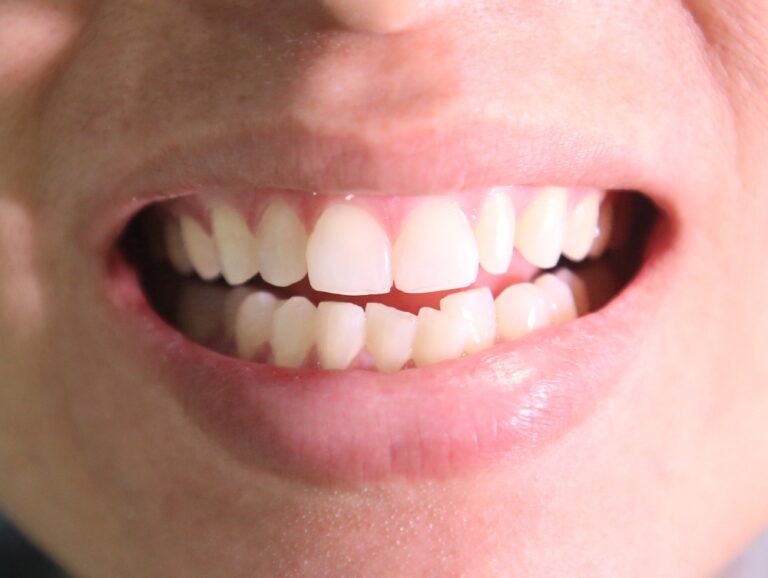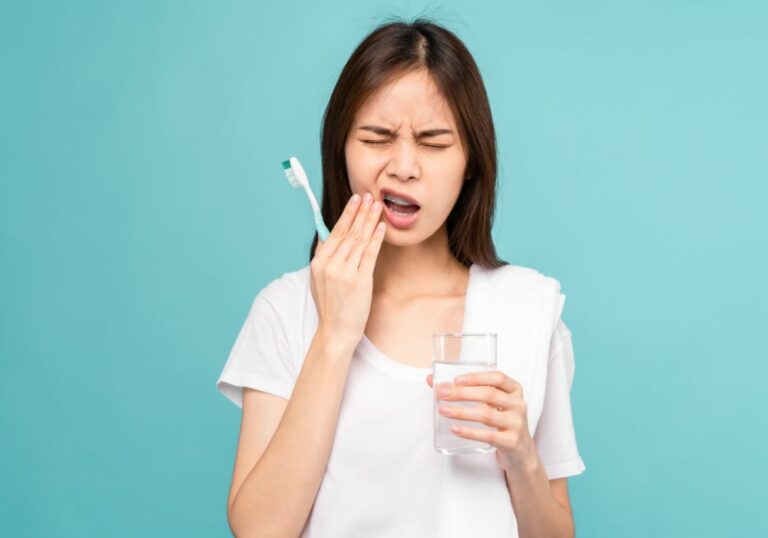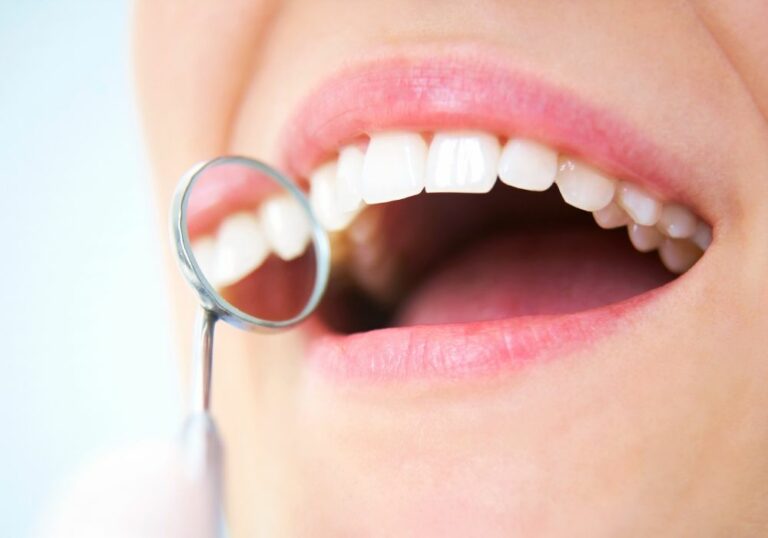Sparkling white teeth are something many people desire, leading them to undergo teeth whitening treatments. However, it is very common to experience increased tooth sensitivity shortly after these whitening procedures. This side effect can range from minor discomfort to severe pain that disrupts eating and sleeping. In this comprehensive article, we will explore the causes, timing, triggers, prevention tips, and treatment options for tooth sensitivity after professional or at-home whitening.
What Causes Tooth Sensitivity After Whitening?
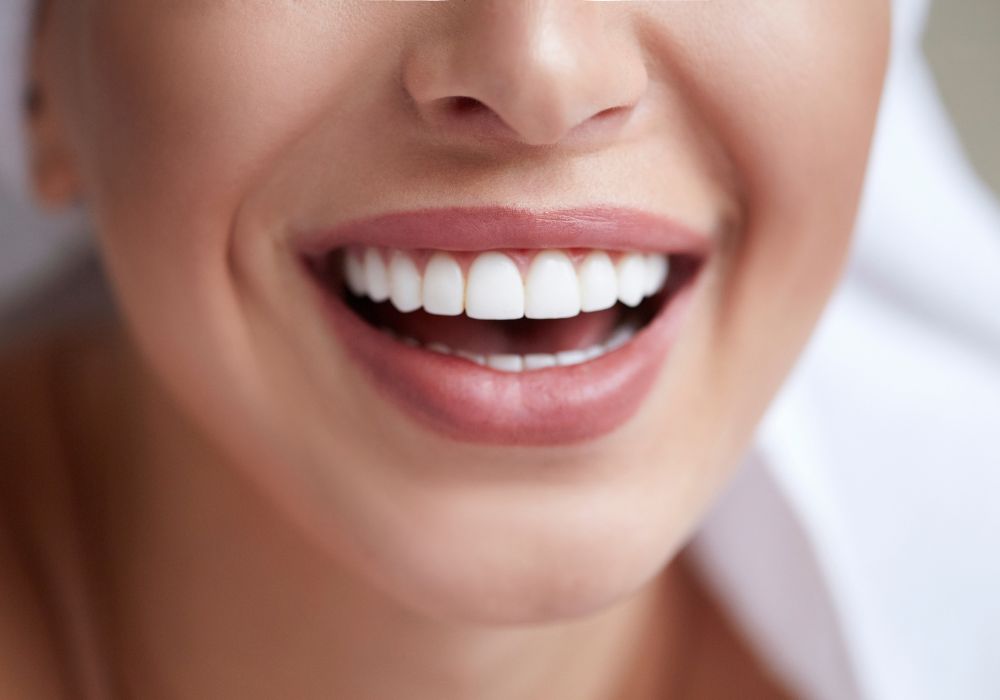
Teeth become sensitive after whitening due to structural changes in the enamel and irritation of the tooth’s innervated tissues:
Enamel Changes
- Whitening gel chemicals like carbamide or hydrogen peroxide deeply penetrate and alter the enamel structure.
- These oxidative chemicals interact with organic stains and gradually demineralize the enamel surface over several applications.
- Repeated oxidation thins out the protective enamel layer and opens up microscopic pores throughout its structure.
- Loss of enamel thickness and permeability changes allow external stimuli to reach the sensitive dentin more readily.
Dentin and Pulp Irritation
- Thinned enamel after whitening exposes the softer, inner dentin layer which contains thousands of tiny fluid-filled tubules per square inch leading to the nerve-rich pulp deep within the tooth.
- Irritants entering these tubules readily excite the nerves and cause discomfort.
- Ingredients in whitening gels can also seep down through enamel defects to irritate the dentin and pulp tissues, causing inflammation.
- These changes make the teeth hypersensitive to hot, cold, pressure, sweets, and other stimuli.
Enamel Dehydration
- Carbamide peroxide formulations dehydrate the enamel surface, reducing fluid content.
- Dehydration contracted the enamel layers, allowing nerves to be more affected by external stimuli.
- Repeated oxidizing treatments compound enamel moisture loss, increasing sensitivity over several applications.
Common Causes of Post-Whitening Tooth Sensitivity
The main triggers provoking discomfort in sensitive teeth after whitening include:
Thermal – Hot and Cold
- Hot foods or drinks, like coffee, soup, or tea.
- Cold stimuli, including ice water, popsicles, cold air from the freezer, or breathing cold air outside.
- Thermal sensitivity is commonly caused by fluid shifts in the dentinal tubules stimulating the nerves.
Tactile – Pressure
- Biting or chewing, especially on hard or crunchy foods like nuts or ice.
- Firm pressure on a sensitive tooth, even with soft foods or brushing.
- Sensitivity to touch and pressure indicates exposed dentin tubules.
Chemical – Sugars and Acids
- Sweet foods or acidic drinks like soda that demineralize enamel over time.
- Oxidation further increases enamel permeability to these external irritants.
- Chemical stimuli directly excite the dental nerves and irritate exposed dentin.
Air Exposure
- Direct blasts of air over the teeth, such as breathing through the mouth or air from a dental drill.
- Sudden air pressure changes can cause fluid shifts inside open dentin tubules.
Hydration Changes
- Swishing or holding cold water in the mouth.
- Dry mouth from oxygen stress during whitening procedures.
- Fluid shifts in enamel and dentin due to hydration changes provoke nerves.
Timeline of Post-Whitening Tooth Sensitivity
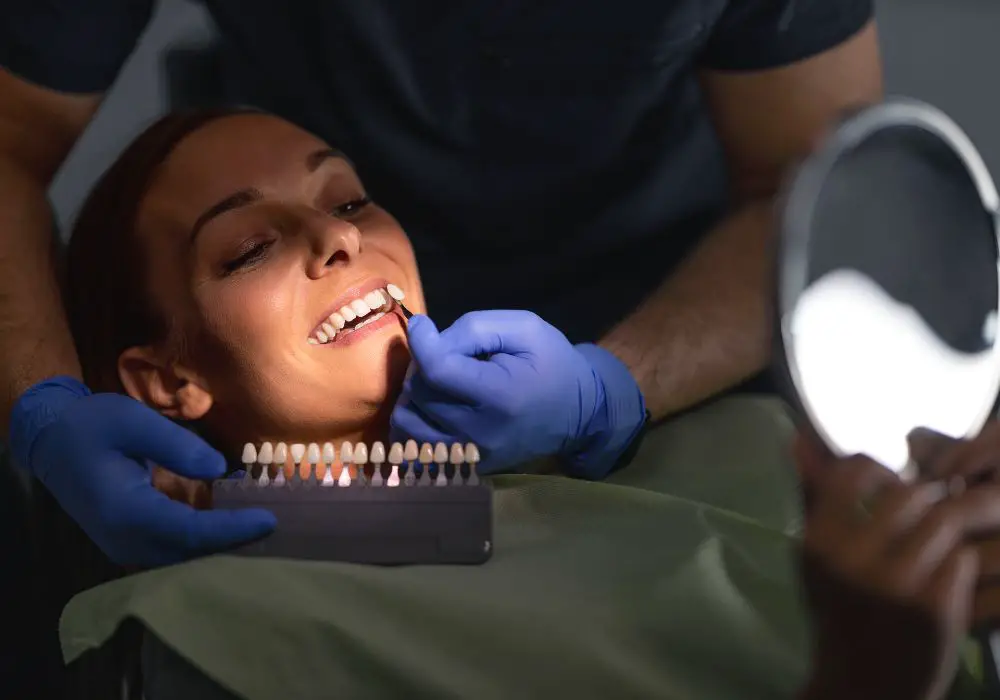
The onset and duration of sensitivity can vary based on multiple factors:
- Whitening method – at-home vs in-office
- Concentration and type of whitening gel
- Number of repeat treatments
- Baseline enamel thickness and porosity
Here is an overview of the typical sensitivity timeline:
At-Home Whitening Timeline
- Noticeable sensitivity starts 12-24 hours after the first treatment with strips, trays, or paint-on gels.
- Peak sensitivity occurs on days 2-4.
- Sensitivity starts improving after 5-7 days.
- Complete resolution within 7-10 days after ending treatment.
In-Office Whitening Timeline
- Significant sensitivity within a few hours of the power whitening session as the oxidizing agent penetrates deep.
- Most severe sensitivity on days 1-3.
- Gradual improvement over 5-10 days.
- Resolves fully in 1-2 weeks.
Higher peroxide concentrations cause more intense and prolonged sensitivity. Repeated whitening sessions before full nerve recovery extends discomfort.
Strategies to Prevent and Soothe Post-Whitening Sensitivity

While some minor sensitivity is expected, you can take proactive steps to minimize discomfort:
Before Whitening
- Get any enamel defects or decay treated to minimize sensitivity risks.
- Select lower concentration whitening gels (10-20% carbamide peroxide).
- Have custom trays made by your dentist for the best fit. Ill-fitting trays increase risks.
- Apply desensitizing fluoride varnish or potassium nitrate gel to coat the teeth.
- Stay hydrated before and after to keep enamel moist and less permeable.
During Whitening
- Whiten for shorter sessions (30 minutes or less) and gradually increase.
- Use any desensitizing gels provided with whitening systems as directed.
- Rinse with cool water and floss between teeth after whitening to flush out chemicals.
After Whitening
- Avoid very hot or cold foods and drinks for 3-5 days.
- Take over-the-counter pain medication as needed, such as ibuprofen or acetaminophen.
- Use desensitizing toothpaste containing ingredients like potassium nitrate or stannous fluoride.
- Apply desensitizing gels regularly for 1-2 weeks after whitening.
- Rinse the mouth with an antiseptic mouthwash to reduce inflammation.
- Wait at least 2 weeks between whitening sessions to allow full nerve recovery.
When to Seek Dental Care for Post-Whitening Sensitivity
Schedule an appointment promptly with your dentist if you experience:
- Severe constant sensitivity lasting over 1 week with at-home whitening, or over 2 weeks with in-office treatment
- Increasing sensitivity intensity over time instead of gradual improvement
- Sensitivity accompanied by other symptoms like toothaches, gum recession, or swelling
- Sensitivity that interferes with eating, drinking, or sleeping
This degree of sensitivity may indicate:
- Pulp inflammation needing a root canal procedure
- Enamel damage allowing severe irritation of the dentin
- Tooth infection requiring antibiotics
- Cracked teeth
- Gum recession and cementum exposure
Your dentist can identify any underlying issues and provide appropriate treatment to resolve prolonged sensitivity after whitening.
Frequently Asked Questions About Post-Whitening Sensitivity
Why are my teeth still extremely sensitive 1 week after at-home whitening?
Prolonged severe sensitivity over 1 week after at-home whitening is not normal. The oxidizing chemicals may have penetrated enamel defects and caused pulp inflammation needing attention. See your dentist promptly for evaluation.
I used whitening strips and now have intense pain. What should I do?
Stop using the strips immediately. Intense constant pain can signal damage from improper use. See your dentist to assess for enamel changes, exposed dentin, or pulp irritation. Over-the-counter pain relief, desensitizing pastes, and gel may provide temporary relief.
How long should sensitivity last after professional in-office whitening?
In-office whitening causes more intense but shorter-term sensitivity, peaking at 1-3 days but resolving within 1-2 weeks. See your dentist if you have any increasing or prolonged pain beyond this period.
Why did my formerly insensitive teeth become sensitive after whitening?
Your enamel likely already had microscopic defects and porosity that allowed irritants to reach the dentin tubules, even though overt symptoms were masked by stains. Whitening chemicals compounded this issue by further opening enamel pores and removing stains.
Is throbbing pain normal after a whitening treatment?
Throbbing or severe constant pain after whitening is not normal. This can signal serious pulp inflammation, infection, or a cracked tooth needing urgent dental attention and treatment. Don’t delay in seeing your dentist.
Conclusion
While transient mild tooth sensitivity is expected after professional or at-home tooth whitening, severe or prolonged pain should not be ignored. Manage sensitivity in the first 1-2 weeks with desensitizing products and avoidance of triggers. However, contact your dentist promptly if you have any unusual symptoms or sensitivity lasting beyond the normal healing period. With proper precautions and follow-up, you can maintain your bright smile.



